Under the 'COVID-19 Türkiye Platform' established with TUBITAK support, approximately 250 scientists from 25 different universities, 8 public research institutions, and 8 companies are conducting vaccine and drug development studies.
Like healthcare workers, scientists in laboratories are also fighting day and night against the coronavirus.
Studies concerning all of Türkiye and the world are continuing simultaneously in different cities and different laboratories. TUBITAK Marmara Research Center (MAM) in Gebze is at the main center of this process.
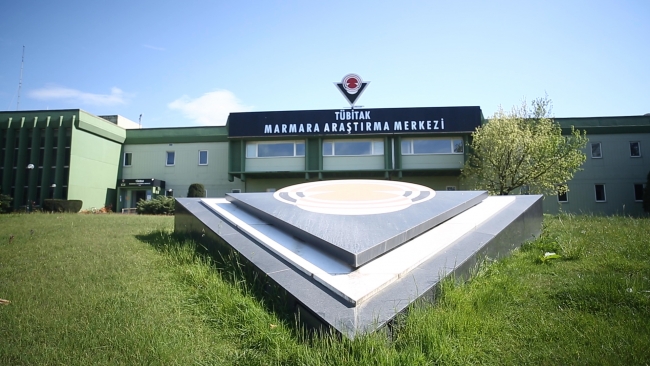
Prof. Dr. İbrahim Kılıçaslan, President of MAM, stated that the Ministry of Industry and Technology tried to take precautions before coronavirus even reached Türkiye, and had discussions with relevant parties, particularly academics, universities, and technology companies, and said the following:
“Virüs Türkiye’ye gelmeden bir platform kuruldu. 25 üniversitenin yanı sıra kamu ve özel kurumlardan 250’ye yakın elemanla koronavirüs kapsamında Türkiye’de ciddi bir çalışma yapılıyor. Yürütülen 17 büyük projenin koordinasyonunu MAM olarak biz yapmaktayız. Bu kapsamda bir yandan COVID-19’a karşı ilaç geliştirme projelerini yürütürken, diğer yandan platform üyelerinin ihtiyaç duyduğu malzemelerin yurt içi ve yurt dışı satın almalarını tamamen biz yapıyoruz. Burada sayın Bakanımızın talimatıyla bürokrasiyi kaldırdık, çok hızlı şekilde hareket ediyoruz. Teminde zorlandığımız ürünlerde direkt bakanlığımız devreye giriyor ve ürünler hızla temin ediliyor.“
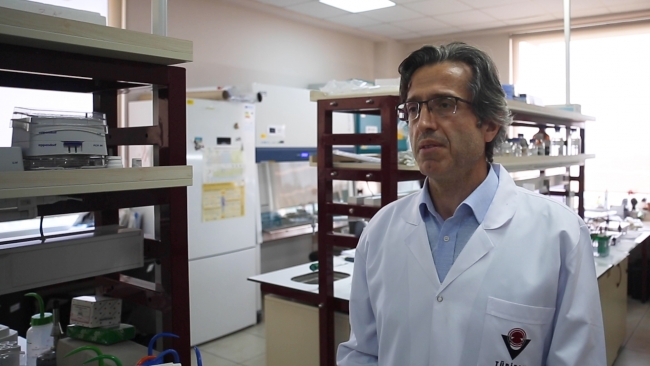
They are working on live virus
Scientists are fighting at the risk of their lives to find a vaccine and medicine that will be effective against the coronavirus. In fact, the first step on the path to a vaccine is laboratory studies conducted on live virus.
Virus samples obtained from patients are processed in the 'Biosafety Level-3 Laboratory,' which is specially secured and protected against pathogens and exists in limited numbers in Türkiye. Scientists working in special protective suits in this special laboratory, where pressure values and atmosphere are constantly controlled, do not leave until their work is completed.
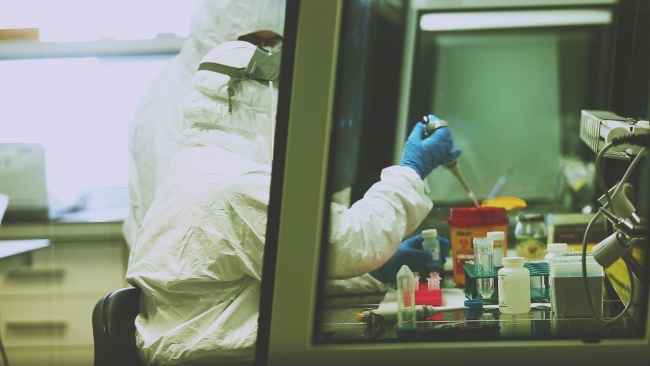
These studies are of great importance as they form the foundation for the vaccine and medicine to be developed, while being risky. Because in order to target viral structures that could become vaccines or drugs, the virus must first be correctly identified. Since the Covid-19 virus has the ability to change over time, studies continue without slowing down with each new sample obtained. Prof. Dr. Şaban Tekin, Director of the Institute of Genetic Engineering and Biotechnology, who is responsible for coordinating all these studies, explained the process with these words:
"Within the scope of our COVID project, our work first starts with the virus, or samples carrying the virus. These can be throat/nasal swabs, sputum, or bronchial fluid samples. Since this virus is dangerous and can especially be contracted through respiration, we have to work in such an advanced secure laboratory. When the virus comes to us from outside, we bring our samples here and our colleagues begin their work. For example, our colleagues are currently performing RNA isolation from samples. These are RNA samples from recovered or sick people. Our purpose here is to reveal the antibody library that these patients have developed against the virus and to produce a biological drug from them that will stop the virus. This is our main goal."
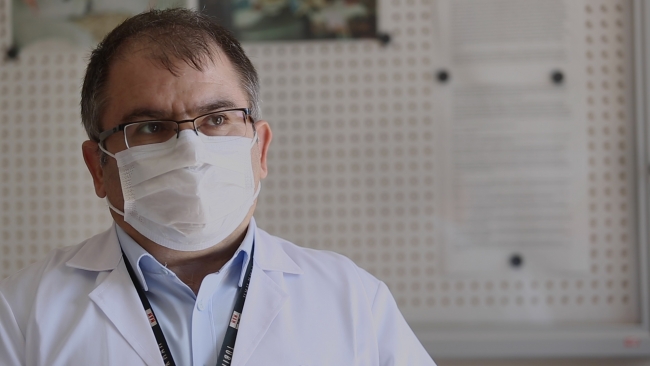
Tekin continued his words, emphasizing that they are working on antibodies that will eliminate the effect of the virus:
"Here, we are developing antibodies that will neutralize the virus. We are developing a biological drug molecule that will prevent the virus from infecting cells and will be used for treatment. This is a technology in which we have expertise that we've been working on for a long time, as we have made similar biological drugs before. We are now developing the same for COVID."
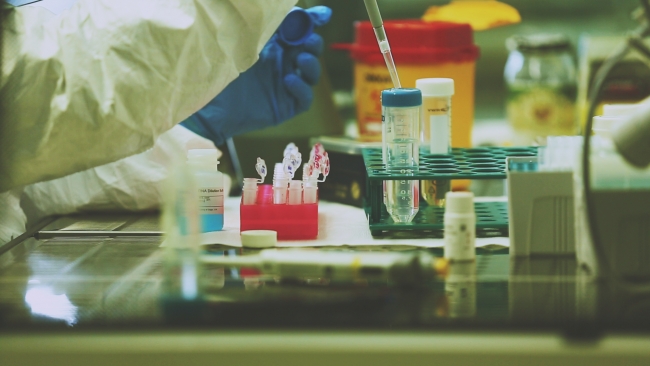
Candidate molecules are being tested with SPR device
One of the most important stages in drug development that could eliminate the virus's effectiveness is identifying the structural proteins of the virus, conducting binding tests with candidate drugs, and demonstrating this in animal trials. Additionally, both viral and cellular proteins that enable the virus to bind to human cells need to be identified. While developing the targeted drug, human blood cells that have defeated the virus are used as the most important data source, and antibodies produced against the virus are identified. After meticulous research, similar versions of these natural protective molecules are produced, and various tests determine whether they neutralize the virus.

Especially in drug studies, the most important stage for developing drugs for the right target molecules is the binding tests conducted with modeling and SPR device for existing or newly developed drug candidates. Chief Expert Researcher Dr. Hasan Ümit Öztürk summarizes the process as follows:
"We have a virus and proteins that belong to the virus. There's an ACE receptor that it targets and uses to enter the body. Some drugs are being tested against spike and similar proteins here, and their effectiveness is shown through computer-based studies. Of course, since computer-based studies alone won't be sufficient, we need to prove whether they show the same interaction by subjecting them to different tests in the laboratory environment so that we can move on to the next stage. We have various tools for this. The most important one is the surface plasma resonance analysis, which we call SPR. Using this analysis, we can show real-time interaction and carry the candidate molecules that we find most effective to the next viral neutralization stage."
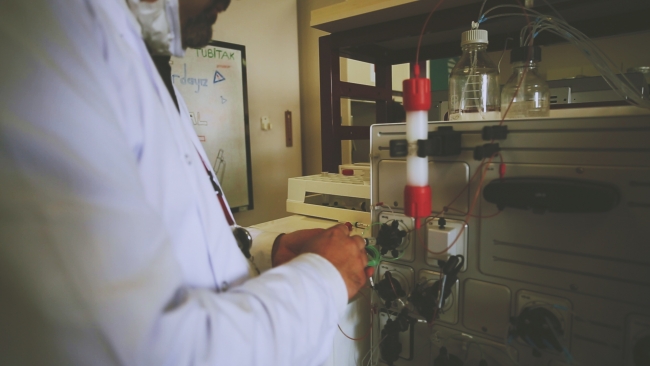
At what stage are the studies?
Molecules to be turned into vaccines need to go through countless tests. Just as the virus doesn't affect every body the same way, vaccines and drugs won't have positive effects on every body unless they go through proper tests and achieve correct results. Contrary to positive effects, a mistake could even lead to fatal results. Therefore, this creates a long-term process. Prof. Dr. Şaban Tekin explained where the studies currently stand:
"There are 17 projects in total on our platform. Eight of these are vaccine projects. All of these projects have reached a certain point. Some are at the starting point, meaning products based on different technologies that we call vaccines are being developed. At this stage, we are supporting some vaccine projects. We send needed molecules to platform members. Very soon, cellular tests using real virus will begin. Then we will move to the stage where vaccines and drugs will be tested on animals using real virus. The most critical stage in vaccination is examining what kind of effect this molecule will have on animals. That stage hasn't been reached yet, but some projects will reach this stage soon. Now we're waiting for products to emerge, studies continue. We have serious projects that we're hopeful about, and different methodologies are being applied in all 8 vaccine projects here, different technologies are being used. Vaccine types such as viral vaccine, inactive virus vaccine, RNA vaccine, DNA vaccine are being tested here. Their completion times are different from each other, some might be ready in 3-5 months, some in 9-12 months. Our platform's goal is to bring vaccine molecules to a certain point by the end of this year, we want to at least complete animal trials. The drug part is a bit different. There's also a certain process in that, currently the production part of the drug molecule continues in all projects we know about within the project scope. Attempts are being made to produce antibody-like structures that will prevent the virus from binding to cells. We have currently scanned various antibody libraries, we're scanning human antibody libraries, mouse antibody libraries. We're passing through these stages quickly now, but studies don't stop. These are repeatedly renewed to catch a better antibody. It's a difficult process, developing vaccines and drugs isn't easy, but with all our strength, a team of approximately 250 people in 17 projects continues to work under our coordination."







